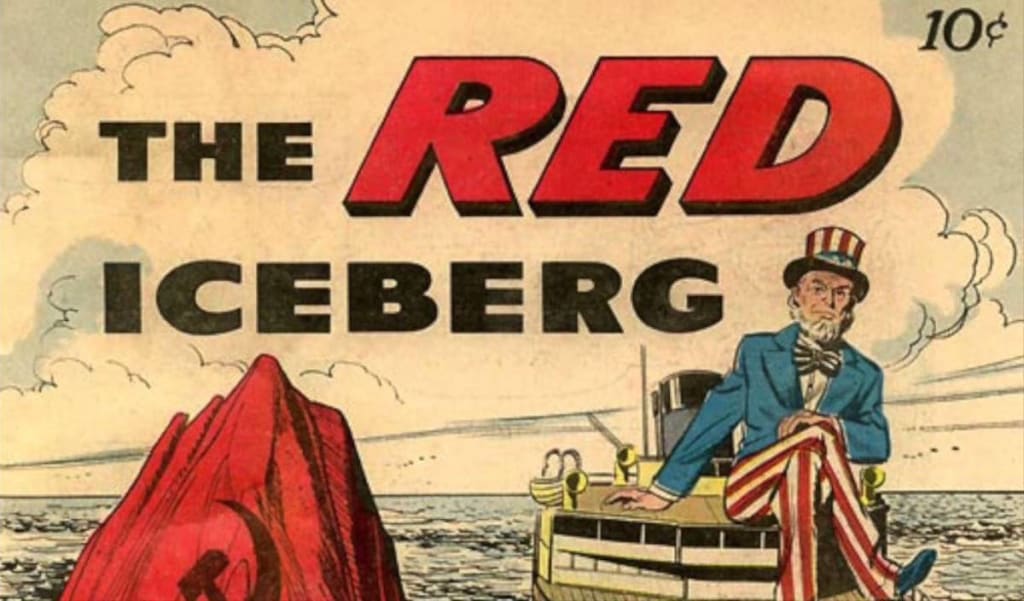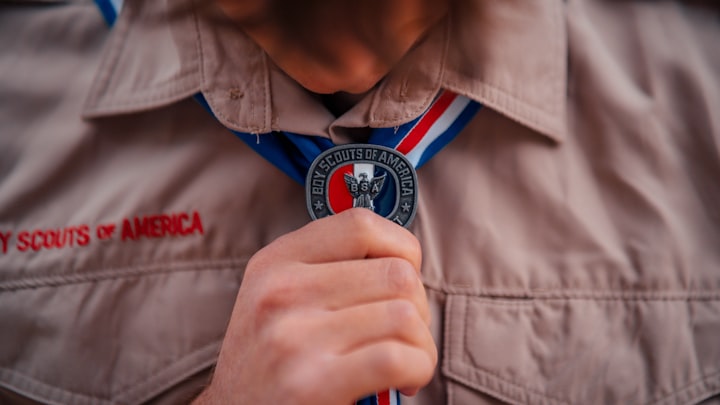
Americans have heard the effects of red fear on a personal level as well. We have seen a drastic change in the lives of thousands of so-called pro-communists. The Saints were arrested because they saw their ideology ignored, civil liberties ignored, and many Americans feared the rise of the Bolsheviks. Then, in the early 1920s, the initial fears seemed to subside and the fever subsided.
In 1919, after a series of unjust uprisings, a country feared by communists, socialists, anarchists, and other insurgents instantly touched the hearts of Americans. After the Bolshevik Revolution of 1917, there were mass uprisings in American cities, the unjust bombings on Wall Street and Washington DC, and the suspicion of powerful American refugees. New forces ban terrorist attacks. The first "scarlet fever" was a legal battle for the left and injustice in 1919 and 1920 when US Attorney General Alexander Mitchell Palmer called for a campaign against Palmer's attacks. After World War II (1945-1939), the United States and the Soviet Union waged major conflicts and economic battles that came to be known as the Cold War.
The fierce rivalry between the two powers has raised concerns in the United States that American refugees and leftists are acting as Soviet spies and threatening American security. The debate over the internal threat of communism (we call it the Red Terror) ended in 1950 and 1954. At that time, Wisconsin Senator Joe McCarthy (Republican government) began calling himself an aggressive communist. Search the State Department, White House, Treasury Department, US Army. McCarthyism, along with the growth and expansion of the national intelligence service, exacerbated the Cold War with the Soviet regime in Eastern Europe, the occupation of Berlin (1948-1949), and the fall of China. During World War I, the Soviet Union recognized information that led to many important leaders in the United States. Korea fell. The political crisis known as McCarthyism or "Red Terror" began in 1949 when the Soviet Union began its first bombing war between the United States and the Soviet Union. At the height of McCarthyism, Ju-4 acted specifically on shelters in early 1954 when J. Robert Oppenheimer was removed from the unjust consensus. He can't stand the American missile. This system evolved through the long and difficult decades of the 1930s. Indeed, after World War II, Oppenheimer called for control of the nuclear world and urged the Soviet Union and the United States to send high-level organizations to exchange electronic data for peace. Minimal Control Although this coup put an end to the worst of the second "Red Terror" in the late 1950s, many Americans still feared an uprising and its aftermath during and after the war. Public concern about debt has increased in recent years.
The Second Red Terror continued with national and international events including the Rosenberg Incident, the Communist Victory in the Chinese War, the Building of the Shield, and the Result of Time. Soviet nuclear weapons and the Korean War. The second concern that arose immediately after World War II was whether indigenous peoples and foreigners had introduced or abolished the African Union and state ideology. The first warnings, which appeared immediately after World War I, concerned the threat posed by the American working class, as well as anti-anarchism and political radicalism. The first warnings of terrorism and terrorism were issued in the United States between 1917 and 1920, followed by World War I and the Bolshevik Revolution in Russia.
The red flag is anger over the so-called communist threat to the USA during the Cold War between the Soviet Union and the USA. When the Americans feared the communists would stand behind them. The Second Red Terror (1947-1957) was caused by fears of the emergence of post-communist armies, particularly during World War II. From World War II to the mid-1950s, fear of communist intervention was a major problem in American political life.
Senator Joseph McCarthy In the early 1950s, American leaders repeatedly urged people to be aware of the communist uprising. Murray B. Levine, political scientist, and former board member argued that the Red Panic was "a global crisis of fear and concern about the Bolshevik Revolution in the United States, a change that will inevitably change". Church, Family, Marriage, Welfare, and Life in America. "Americans see improvements and respect for the law as a threat to American society," he said.
Wilson A. He was the one who burned the weed of American radicals. He is President Mitchell Palmer's attorney general. Hoover played an important role as a line of defense in scarlet fever's early years, though it was rare in the years after World War I (1914-1918). One of the key roles in the fight against terrorism during this period has often been the use of immigration laws to prevent foreign extremists from entering, but the FBI continues to monitor the activities of refugees and asylum seekers. 9 The law said the second "scarlet fever" appeared long before the Cold War. President Harry S. Truman issued a trust letter to the government and the FBI, led by Edgar Hoover, provided detailed information on the alleged refugees. Congress also passed a law (the McAllen Act) in 1950 that banned the protection of "self-government" in the United States, and the Communist Act of 1954 that banned union members from participating in professional organizations. . ...
The second Red Horror film, known as McCarthy after Wisconsin Sen. Joseph McCarthy, was famous for convincing more communists to enter the United States before and after McCarthy. The politicians' second "scarlet fever" pays homage to the struggles that fought in American politics, race, and culture during the early Cold War and early Soviet years from the late 1940s to the 1950s.
After the end of the Cold War, a period of internal threat began with the opening of the arsenal between the US and Russia. A handful of Soviet spies, like Alger Hess, were spotted out of fear of the Reds. But historian Elaine Schenker told Young Vogue that the 1930s was a time of great American culture. By 1947, many spies had been expelled from the United States government. Shaik said the American communists were notorious terrorists, but the group had ties to Russia and was looking for Soviet spies in the 1930s and 1940s.





Comments
There are no comments for this story
Be the first to respond and start the conversation.